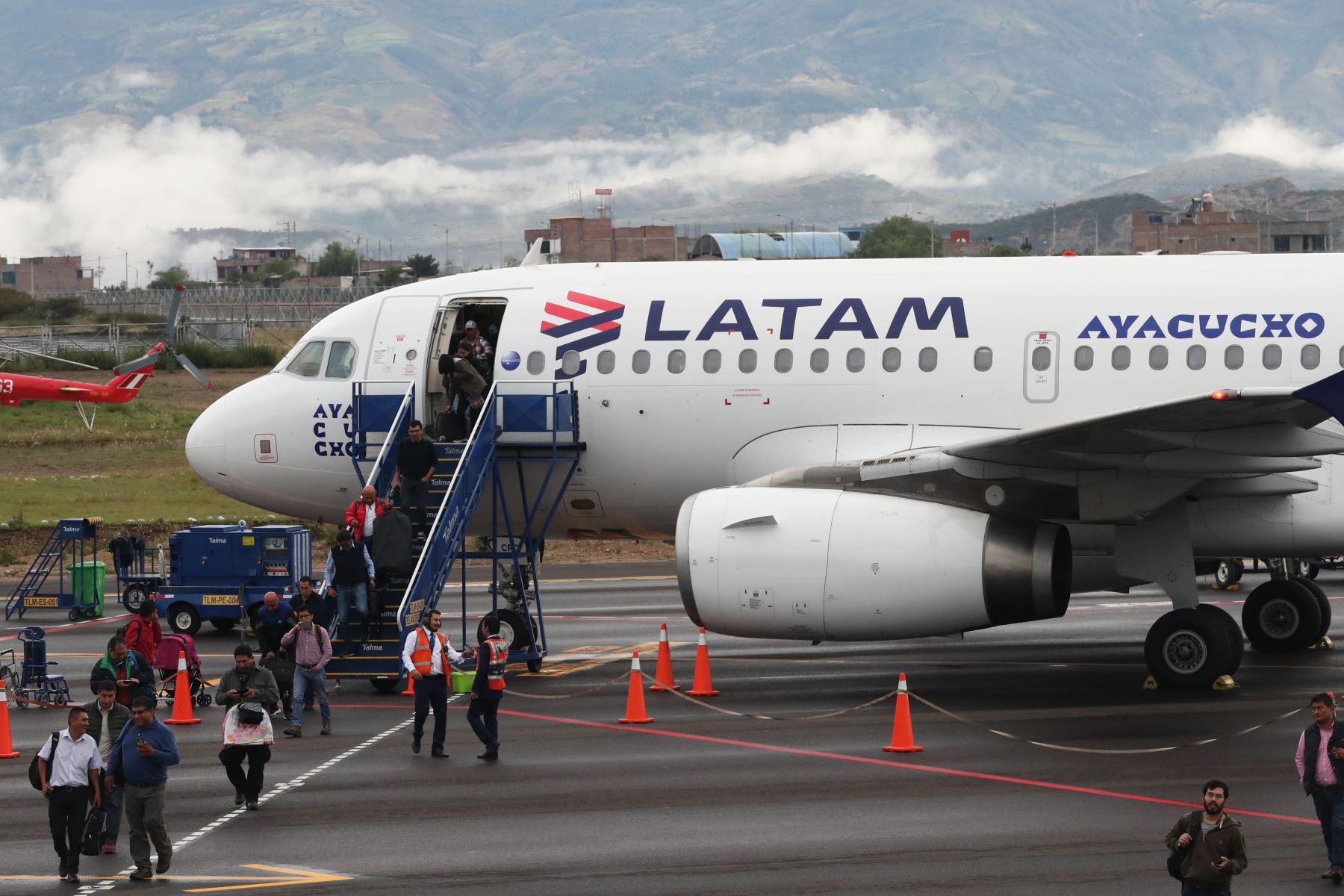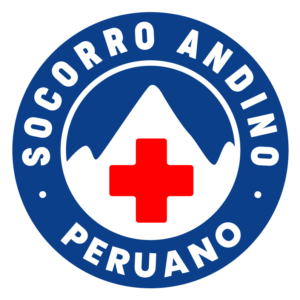Best known as the heart of the Inca Empire, Peru was also home to many diverse cultures long before the rise of the Inca Empire. Although hunter gatherers lived in Peru as long ago as the eighth millennium BC, there is little evidence of organized life until about 2500 BC. A change in climate in the coastal regions prompted Peru’s early inhabitants to move toward the more fertile interior river valleys.
For the next 1,500 years, Peruvian civilization developed into a number of organized of “pre-Inca cultures”. Among the most important:
- On the coast: Paracas, Nazca, and Chimu
- In the mountains: Chavin and Tiahuanaco
Paracas
The Paracas culture (600 BC – 200 AD) flourished on the peninsula of Paracas, known today as the department of Ica.
Their knowledge of medicine was advanced, as shown by the remains of surgical operations to the brain (cranial trepanations). Bodies were preserved on a large, underground necropolis where mummies were wrapped in luxurious cloths and mantles, and were well-preserved owing to certain optimal conditions (i.e., the sands in the area), and thanks to the cranial trepanation technique. In their first stage, mummies were located in collective tombs, dug in the form of caverns. At a later stage, mummies were buried directly on the earth.
The Paracas were also masters in the textile arts. They are, in fact, considered to be the best in textile production of all the ancient Peruvian cultures. They used vicuña wool or cotton in many colours. The most common themes were animal-like, incorporating both anthropomorphic and geometric designs.
Their ceramic art was influenced by the Chavin culture and involved simple shapes, with many colours and illustrations, as well as drawings similar to the Nazca culture. Their ceramics were made without moulds and baked in closed ovens.
Their economy was based in agriculture and fishing. They excelled in agrarian activities and the intelligent use of irrigation (aqueducts) in desert-like regions, enhanced by means of artificial watering channels and the use of guano as fertilizer.
Nazca
Cradle of one of the greatest civilizations of ancient Peru, the Nazca culture flourished from 100-600 AD near the dry southern coast of Peru, in the valleys of Chincha, Pisco, Ica and Nazca. Having been heavily influenced by the preceding Paracas culture, the Nazca produced an array of beautiful crafts and technologies, such as ceramics, textiles and geoglyphs known as “The Nazca Lines”. They also constructed an impressive system of underground aqueducts.
The Nazca culture is characterised by its beautiful polychrome pottery painted with at least 15 different colours. The Nazca are also known for their technically complex textiles that were mostly made by women at habitation sites from spun cotton and wool.
The ultimate cultural expression from this civilization are the impressive geoglyphs of Nazca, or “Nazca Lines”. These giant geometric shapes are drawings of animal figures (some as large as a football field) made on the desert floor in the Nazca Plateau. Due to the simple construction of the geoglyphs, regular amounts of rainfall would have easily eroded the drawings but the dry desert environment has preserved the lines for hundreds of years.
The Nazca had a great sense of urban design. Their main cultural centre was the citadel of Cahuachi, built in adobe (bricks made with clay), and featured ceremonial pyramids.
Chimu
From 1200 to 1465 AD, the Chimu culture settled in the valleys of Chicama, Moche, and Viru. The Chimu extended their control to the department of Piura in the north, while in the south it reached the Carabayllo Valley near Lima (Rimac valley). Its capital was Chan Chan (5 km/3 miles from current-day Trujillo). They spoke Muchic and adored the god Naylamp.
The Chimu are considered to be the best of pre-Inca goldsmiths. They used very sophisticated techniques, such as lamination, moulds, hammering, welding, repoussé, and others. The best examples of their refined techniques are the masks, royal headbands or crowns, earrings, rings, and ceremonial knives that are exhibited in the museum “Tumbas Reales de Sipan” in Lamabyeque (in north-western Peru).
In construction, the Chimu employed adobe (bricks made of clay) for their buildings, fortresses, and temples. Among the many masterpieces are the Chan Chan citadel and Paramonga. Their use of hydraulic technology included irrigation, reservoirs, canals, and aqueducts. In ceramics, they used just one colour, black and its various shades, and sometimes brown.
Chavin
The Chavin inhabited – in the Andean basin- the Marañon River and the “Callejon de Huaylas” around 1500 BC – 300 BC and are the oldest pre-Inca culture.
In the early age of this culture, the Chavin were mainly hunters and gatherers. Eventually, though, the area became an urban centre; they developed their agricultural methods, raised cattle, practiced metallurgy, mastered the techniques of making textiles, began to practice religious rituals, and became brave warriors.
The Chavin reached an outstanding level in architecture, employing complex architectural innovations to adapt to the extreme highland environments of Peru. Their excellent carving stone techniques culminated in the construction of outstanding temples, most visible in their main cultural centre, Chavin de Huantar, which is also the archaeological site of Chavin. The site is composed of several impressive stone temples and dozens of stone carvings. Sculpture of the famous lances (ceremonial knives of great size) like the “Estela of Raimondi” and the “Lanzon Monolitico” are located within the temple of Chavin de Huantar. Historians have remarked that there is a certain likeness with those found in Polynesia and the Pascua Islands (Chile).
Chavin de Huantar was first described by a Spanish chronicler in 1521. The site and others of the Chavin culture were investigated by Julio C. Tello between 1919 and 1941; more recent investigations include those of Luis Lumbreras and Richard Burger.
Tiahuanaco
Tiahuanaco is a pre-Inca culture which developed from 400 BC to 120 AD. They inhabited the Collao plateau (an area surrounding Lake Titicaca), and their domain extended to Arequipa, the north coast of Chile, and a great part of Bolivia. Its cultural influence also reached the coast and the north Andean part of current-day Peru. Its cultural centre was located in the citadel of Tiahuanaco - known today as Bolivia, just a few hours’ drive from La Paz.
The Tiahuanaco were dedicated to agriculture: growing potatoes and quinoa (a Peruvian grain), breeding llama and alpaca, and fishing in LakeTiticaca.
They developed a type of multicoloured artistic ceramic in which they used geometric drawings as decorations. They also developed a distinct style of sculpture with representations of anthropomorphous divinities, utilising the various characteristics of felines, snakes, and hawks. Some of the sculptures reach seven meters in height.
Citadel of Tiahuanaco
The Citadel of Tiahuanaco, a pre-Inca city, is located 21 km (13 miles) south-east of Lake Titicaca, in a territory of Bolivia. The main cultural centre is characterised by large-scale stone constructions: the fortress of Acapana, the palace of Calasaya, and the “Puerta del Sol” (Door of the Sun).
Source:











